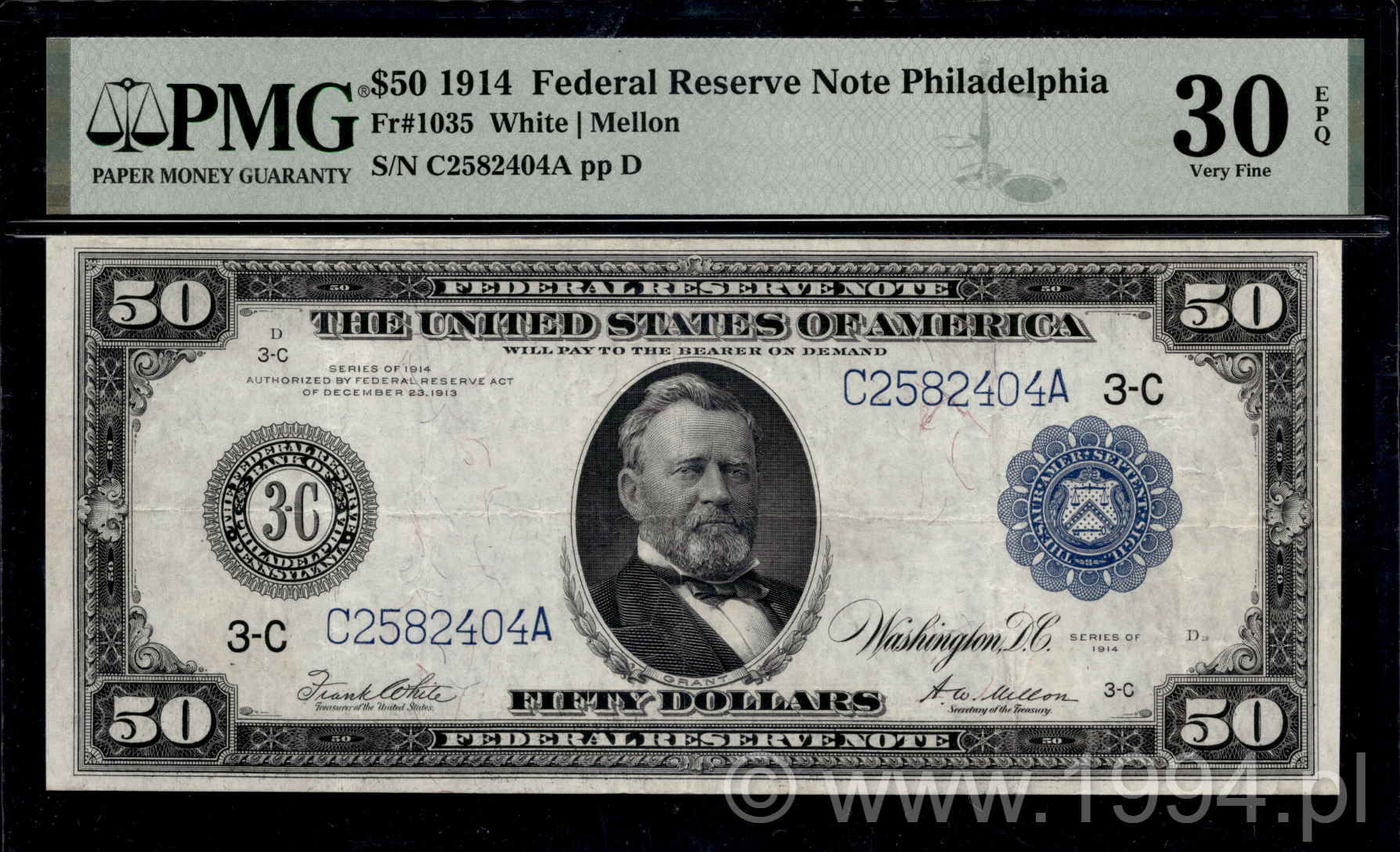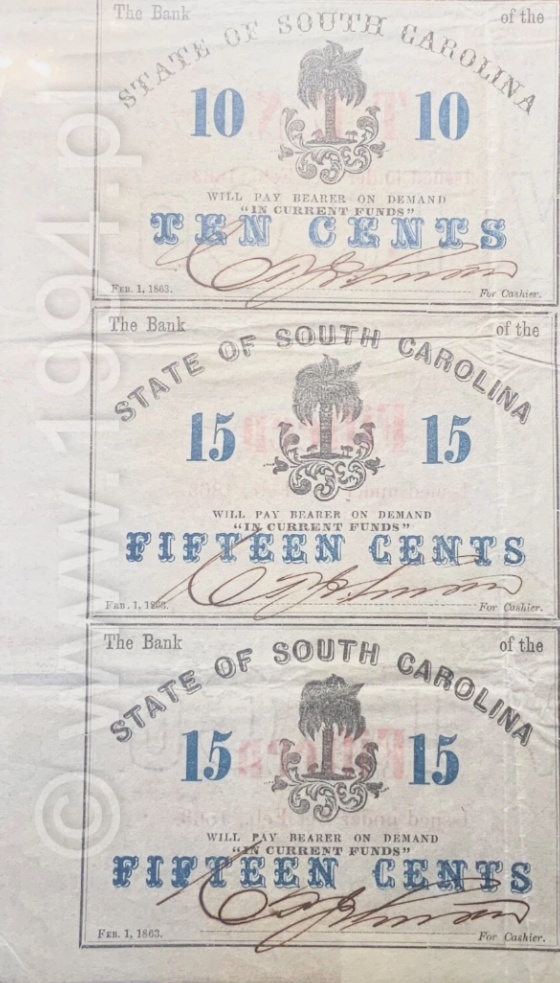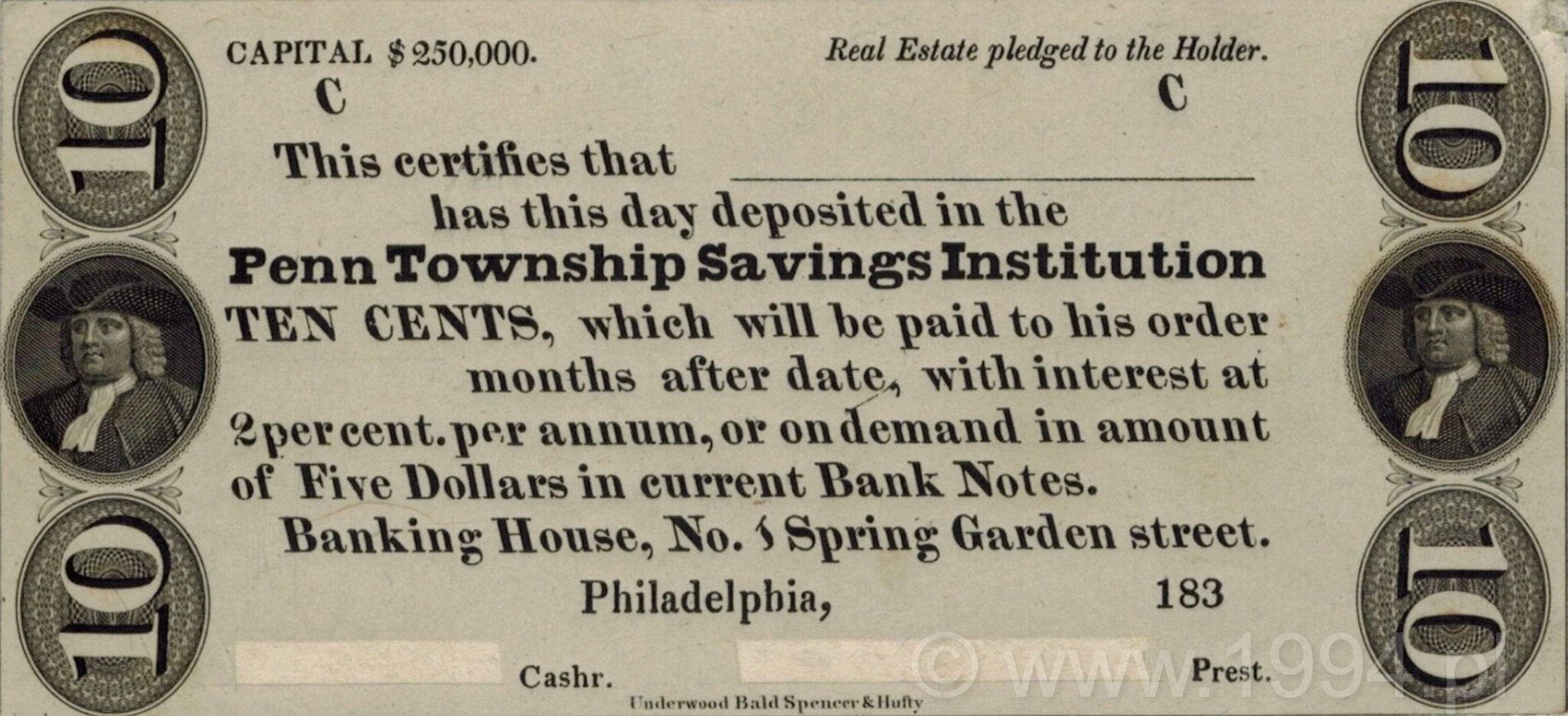
U.S. 1929 — $10 Warren NB of Peabody, Massachusetts (Type 2, Discovery Note)
This 1929 Type 2 $10 note from The Warren National Bank of Peabody, Massachusetts (Charter 616) represents the only recorded example for this charter. No $5 or $20 denominations are known, making this piece the definitive Type 2 issue for the bank. The Type 2 series, introduced late in 1929, displayed both the charter number and denomination twice on the face, a feature unique to this final issue of National Bank Notes. ... Read more →




